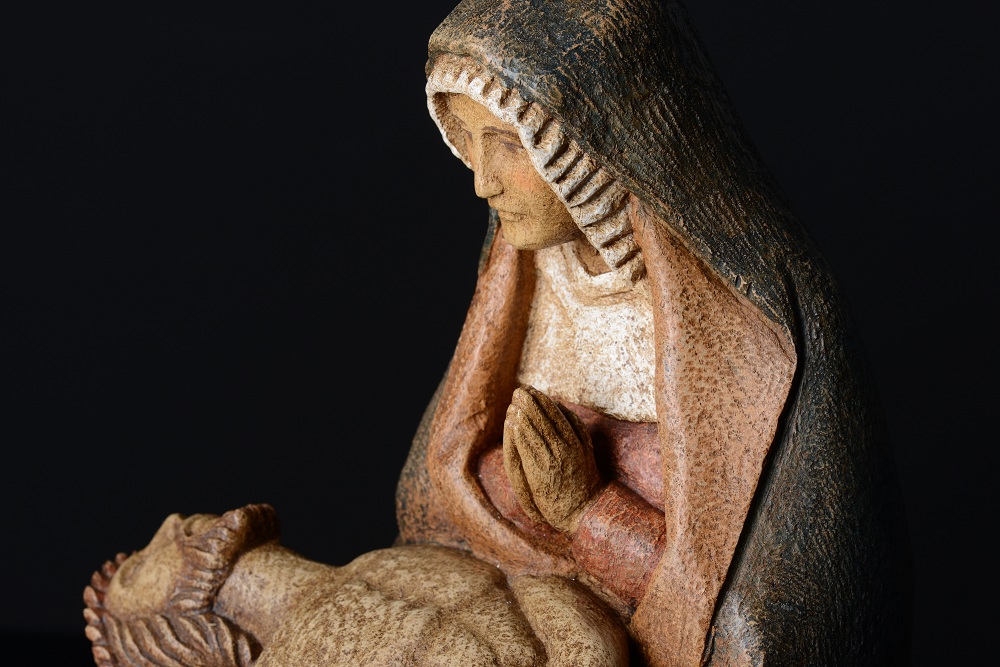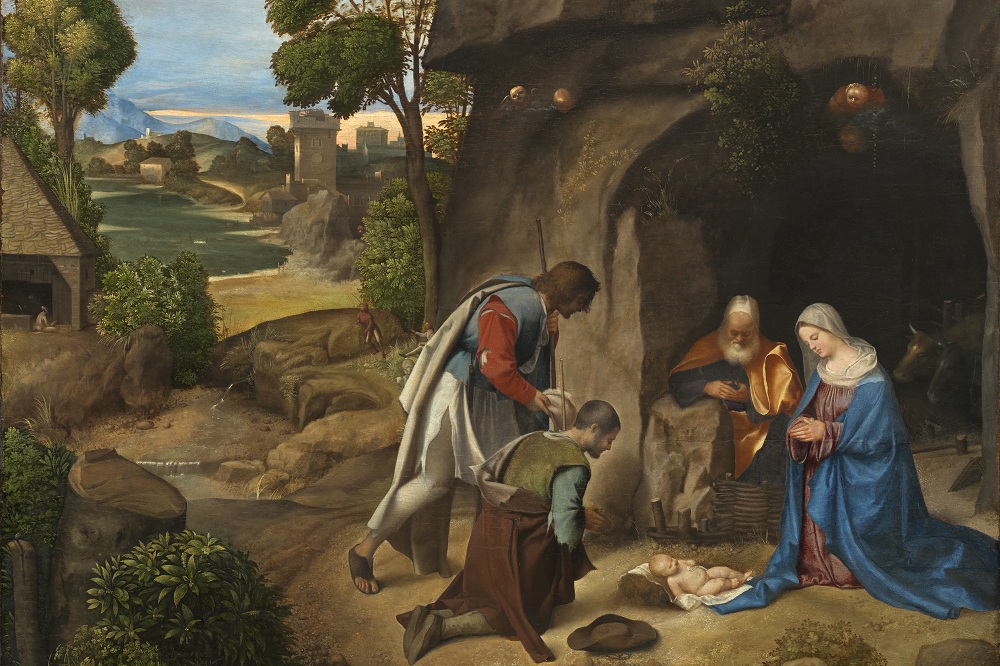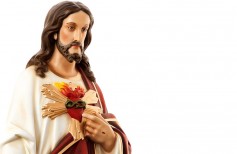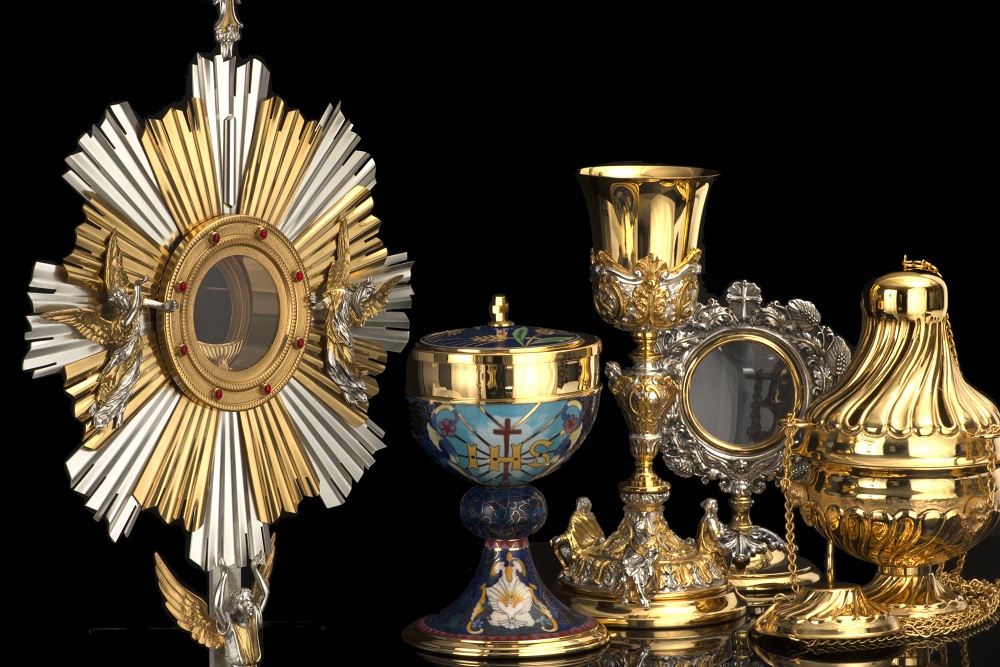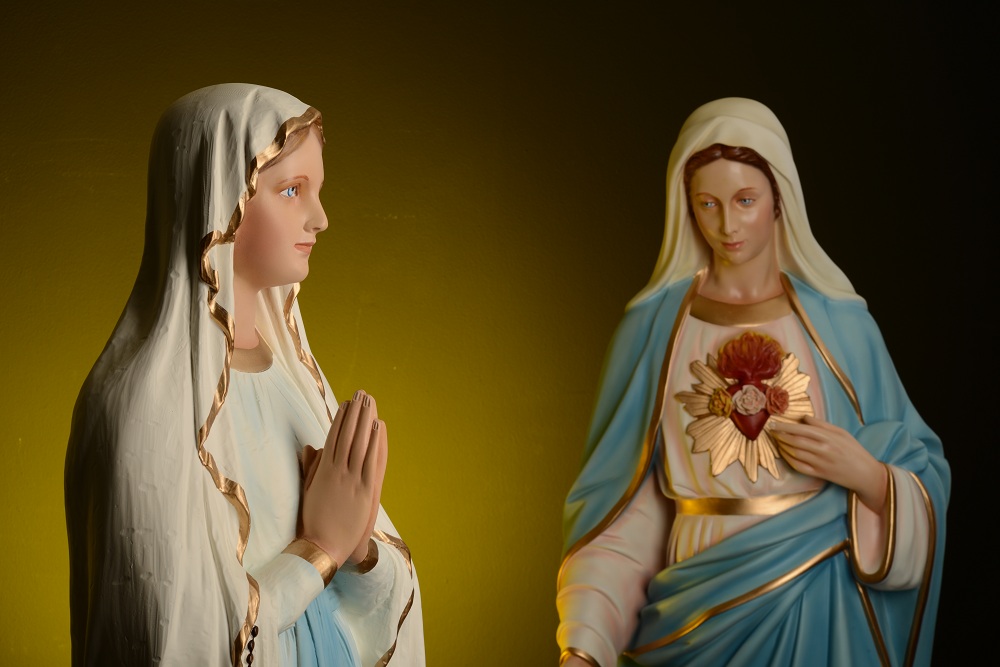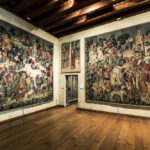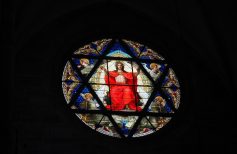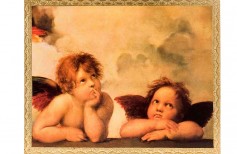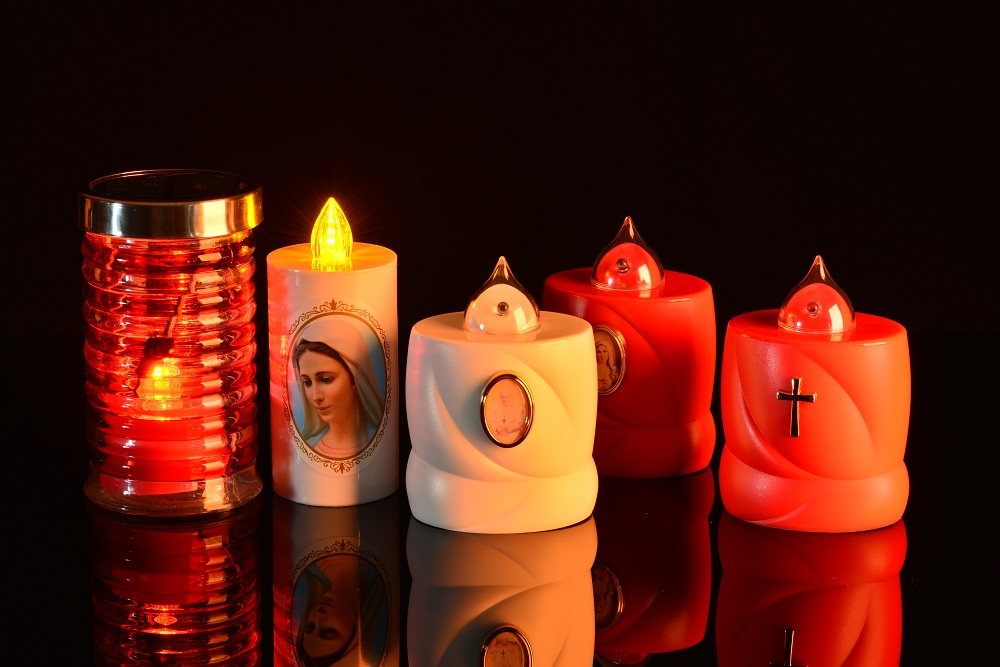The Catholic Church has always used sacred images and statues for the practice of worship. Naturally it doesn’t come to mind that the first Christians were forced to hide their faith and to lead their worshipping in secret places, where, at most, they could use secret symbols incomprehensible to their enemies. However they too gathered the remains of the early martyrs, who were to become saints, and respected and venerated them as objects of worship.
Many ancient and modern religions are iconoclastic, or condemn the worship of images: thinking of Islam, which forbids the depiction of the image of Muhammad, but also Protestantism, which once condemned and decreed the destruction of many statues and pictures present in Catholic churches.
Even the Bible condemns idolatry, and many passages of Sacred Scripture forbid the construction of statues and images, though such condemnation is directed only to the representation of pagan gods. The Bible forbids idolatry, and not the creation of images for the worship and veneration of the one, true God. In fact, in other scriptures, God Himself ordered men to show their devotion by making statues and objects of veneration.
The use of sacred images, the worship of statues of the Virgin Mary Jesus or the saints is thus not contrary to the teachings of the Bible. Indeed, it is somehow the heritage of those first signs of devotion, compassion and love brought by early Christians to those remains of martyrs.
It was the Council of Nicaea in 787 that formalized and consecrated the use of sacred images. It was given to them the same level of sacredness given to the cross, and therefore the right to be used in churches, during celebrations or as an object of veneration by the faithful, in private homes and public places.
As established by the Council, sacred images could be painted, made in the form of mosaics, carved, woven, provided that they: “are images of the Lord God and Savior Jesus Christ, or the Immaculate Our Lady, the Holy Mother of God, the Saint Angels, the saints and the righteous. ”
The veneration of sacred images evolved over the centuries in many forms of popular devotion and has certainly contributed significantly to the spread of the Catholic religion in the world.

